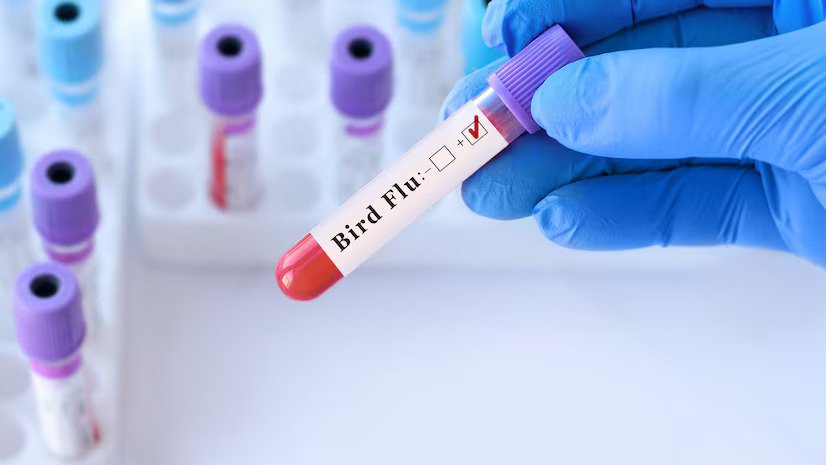Federal authorities urged people and public officials to remain “alert but not alarmed” about the current bird flu outbreak during a call with reporters on Thursday.
Two new reports released midday Thursday detailed the spread and status of the outbreak of “highly pathogenic avian influenza.” Since late last year, over 90 farms in 12 states have seen cattle infections, and three people have contracted the disease from cattle, with these cases widely reported.
“We should take these data, understand them in context, and remain alert, but not alarmed,” said Dr. Nirav Shah, principal deputy director of the Centers for Disease Control and Prevention, during the call.
Eleven of the affected farms have requested funding from a federal program designed to encourage cooperation with public health measures among farmers, according to officials.
Currently, only farm workers are considered at high risk for bird flu, which poses no significant danger to the general public unless it evolves to allow human-to-human transmission. The virus can currently only be contracted through direct exposure to infected animals.
However, as more animals become infected, the risk increases that the virus could mutate and become infectious among people.
To mitigate this risk, “we should apply lessons learned from reducing farm-to-farm transmission among poultry to dairy farms,” said Dr. Raj Panjabi, former White House Senior Director for global health security and biodefense, in an interview with USA TODAY. Federal agencies previously implemented a “defend the flock” approach to curb the bird flu outbreak among poultry. Now, Panjabi said, we need to “gird the herd.”
The exact origin and timeline of the virus’s entry into U.S. cattle remain unclear. The first case was confirmed at a Texas dairy farm on March 25, according to a federal study.
Officials suspect the virus was transmitted between farms via workers’ clothing, as 20% of workers are employed on multiple dairy farms, and 7% work on both poultry and dairy farms. Other potential transmission routes include vehicle tires used to transport people and equipment. The infected farms were linked through cattle transport and a shared milk cooperative that serves over 90% of the affected dairies.
Identifying these links should help the government and farmers reduce the disease’s spread, the report concluded.
However, Jennifer Nuzzo, an epidemiologist and director of the Pandemic Center at Brown University School of Public Health, criticized the report. She said it functions more like a survey than a comprehensive study on the virus’s transmission, making it difficult to draw useful conclusions.
“There are literally no data. They do not know how this is spreading,” Nuzzo said.
She emphasized that the lack of data is not the government’s fault, as the U.S. Department of Agriculture relies on voluntary information from farms. Without this data, understanding the spread is challenging.
“Getting access to information on farms has been challenging, but it’s critical for us to understand why this is spreading so we can prevent it,” she said. “No farm wants to have this. They want to protect themselves and, crucially, the workers on those farms.”
Panjabi agreed, stressing that protecting farmworkers is essential to safeguarding America from bird flu.
Currently, workers lack basic protective gear, he noted in a recent opinion piece. The first infected worker had been wearing gloves but not eye protection, likely contracting the virus by touching infected hands to their eyes.
Farmworkers are only tested for infection if they are suspected of being infected, according to Shah.
Nationwide, 45 farmworkers have been tested for avian flu so far this year, including the three confirmed cases. Dr. Natasha Bagdasarian, Michigan’s chief medical officer, told the Detroit Free Press that 35 of the first 40 tested were in Michigan.
Nuzzo cautioned that it’s unrealistic to conclude that only those who tested positive were infected. A positive test requires farmworkers to have access to medical care, be seriously ill, and have a caregiver who recognizes the potential signs of bird flu and knows to send a sample to the CDC.
“There are many points of failure,” Nuzzo said, advocating for vaccination of farmworkers to prevent further spread. Finland recently decided to vaccinate farmworkers, veterinarians, and scientists working with avian influenza. “I don’t want farmworkers to die before we suddenly decide to vaccinate people in the U.S.,” she said.




